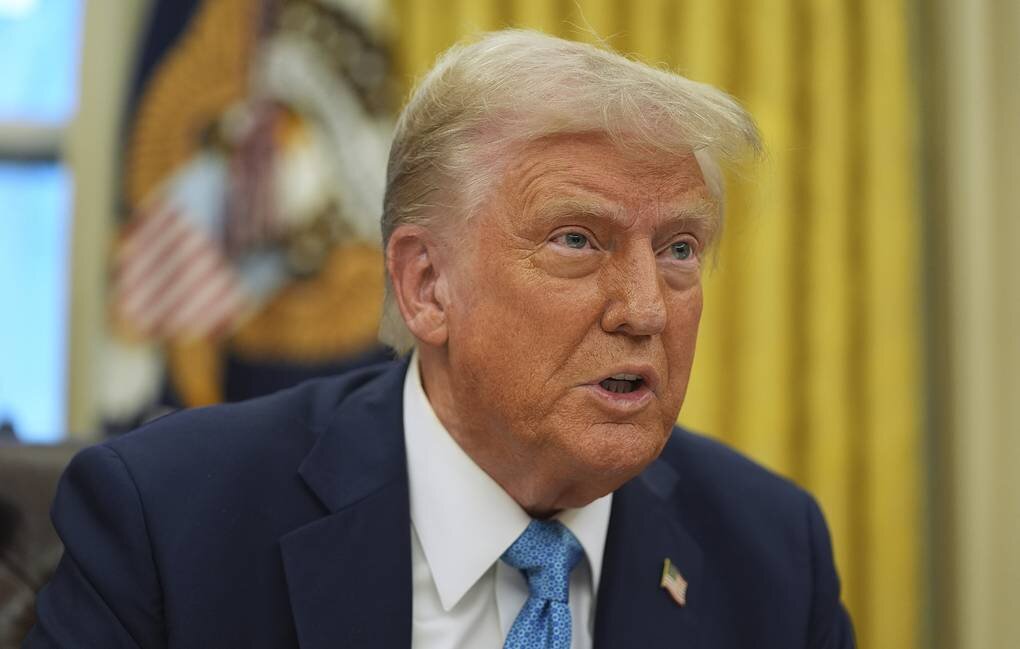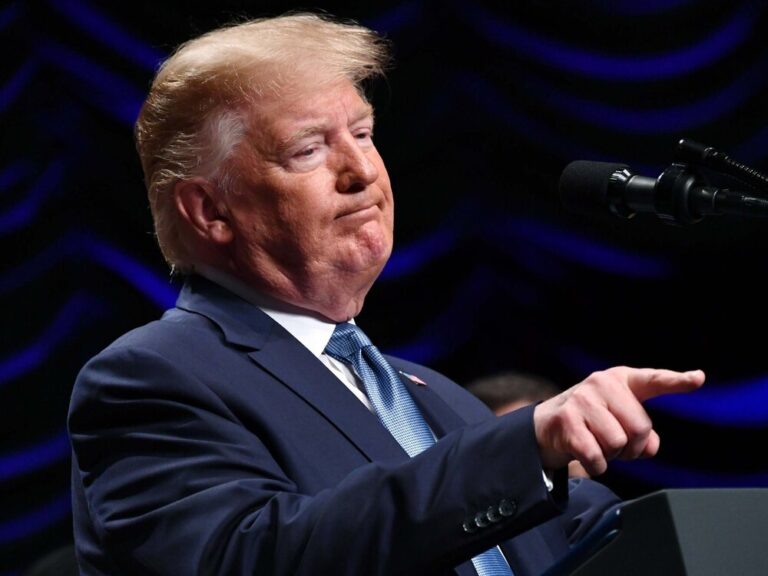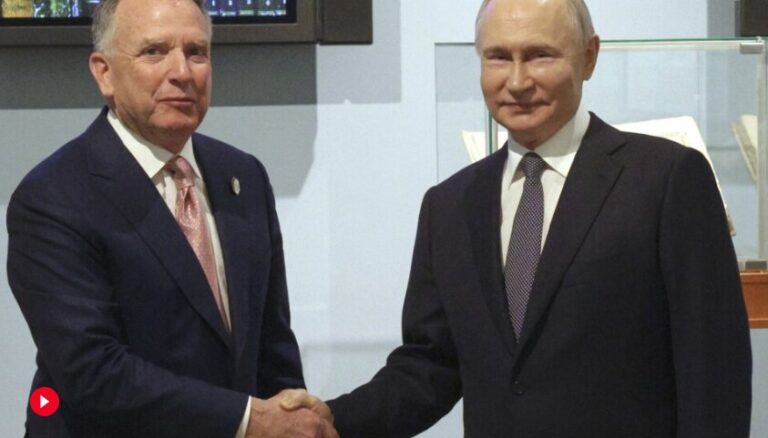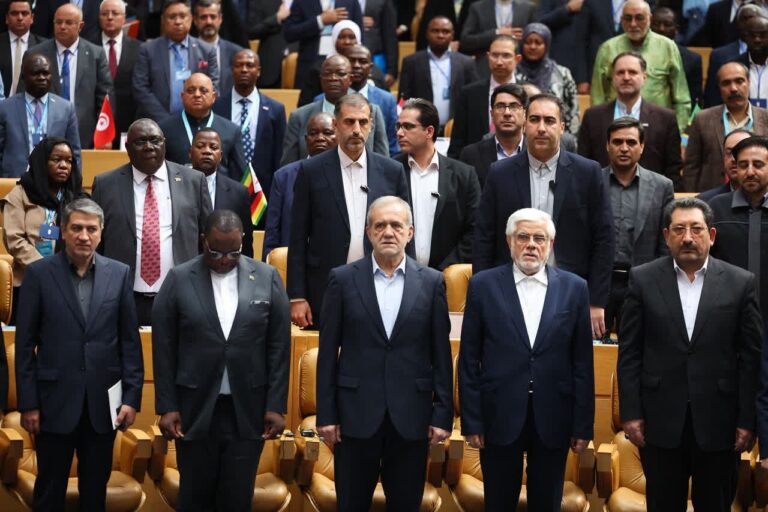Trump’s March Metal Tariffs: No Exemptions Announced!
In a bold move to redefine the global trading landscape, United States President Donald Trump has introduced a significant 25 percent tariff on all steel and aluminum imports. This action is part of his broader strategy to address what he views as an unfair international trading system that disadvantages American manufacturers and workers. As reported by various media outlets, the announcement was made during a press conference at the White House.
During his address, Trump emphasized the challenges faced by the US manufacturing sector, stating that the industry has been “pummelled by both friend and foe alike.” He asserted the necessity for American-made steel and aluminum, which he believes are essential for the nation’s future.
“Our nation requires steel and aluminum to be made in America, not in foreign lands. We need to create in order to protect our country’s future,” Trump declared, as he signed an executive order eliminating several country and product-related exemptions from the tariffs that were previously implemented during his administration.
Trump further highlighted the urgency of the situation by saying, “It’s time for our great industries to come back to America. We want them back to America. This is the first of many.” This statement underscores his commitment to revitalize American manufacturing.
Here are some key points regarding the newly imposed tariffs:
- Tariff Rate: A 25 percent tariff on all steel and aluminum imports.
- Scope: The tariffs will apply universally to all countries, with “no exemptions, no exceptions.”
- Goals: To strengthen the US manufacturing sector and promote domestic production.
- Economic Impact: Trump described the tariffs as a major step towards “making America rich again.”
Trump’s announcement is part of a broader initiative to reshape trade policies that he argues have contributed to the decline of American industry. By imposing these tariffs, Trump aims to protect local manufacturers and ensure that jobs remain within the United States.
Experts have varying opinions on the potential impact of these tariffs. Some argue that while the intention is to boost American manufacturing, it could lead to increased prices for consumers and retaliatory measures from trading partners. Others believe that the tariffs may provide a necessary cushion for struggling domestic industries.
In his speech, Trump made it clear that this is not merely a singular action but the beginning of a series of initiatives designed to bolster American economic interests. “This is a big deal,” he said, emphasizing the significance of the tariffs in the context of his administration’s trade agenda.
As the situation develops, many industries will be closely monitoring the effects of these tariffs. The steel and aluminum sectors, in particular, are expected to experience immediate changes, with many hoping that the tariffs will lead to increased production and job creation in the United States.
In summary, President Trump’s decision to impose a 25 percent tariff on all steel and aluminum imports marks a pivotal moment in his administration’s trade policy. By prioritizing American-made products, he aims to lay the groundwork for a more robust manufacturing sector while navigating the complexities of global trade relations.
As the implications of this policy unfold, it will be essential to monitor its effects on both the domestic economy and international trade dynamics. With strong reactions anticipated from both supporters and critics, the coming weeks and months will likely see significant developments in this ongoing trade saga.
This move is expected to resonate throughout various sectors of the economy, impacting everything from construction to automotive industries, and raising discussions about the balance between protectionism and free trade.
In conclusion, Trump’s tariffs are a bold attempt to reshape the future of American manufacturing. Whether they will achieve the desired outcomes remains to be seen, but they certainly signal a new direction in U.S. trade policy.






